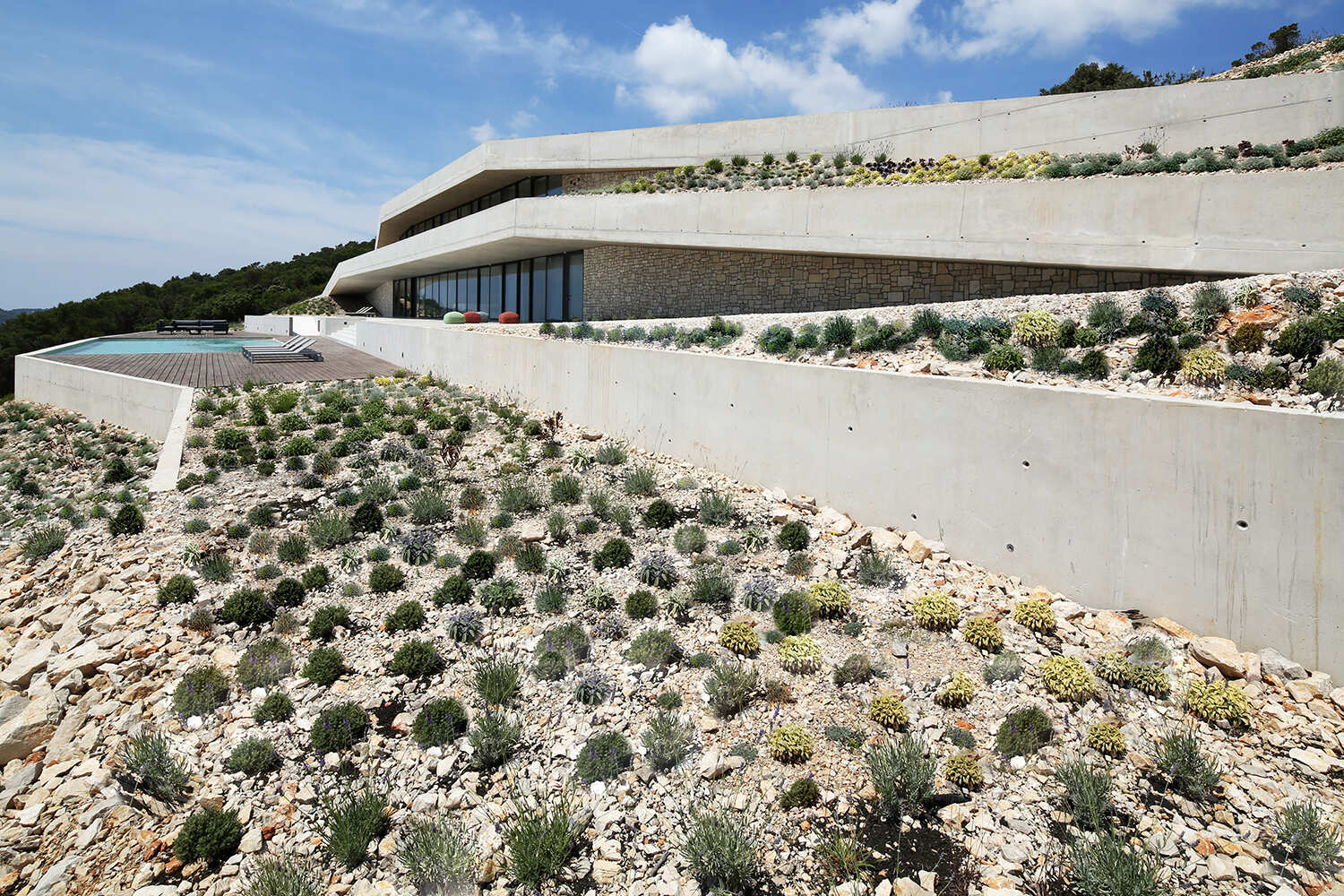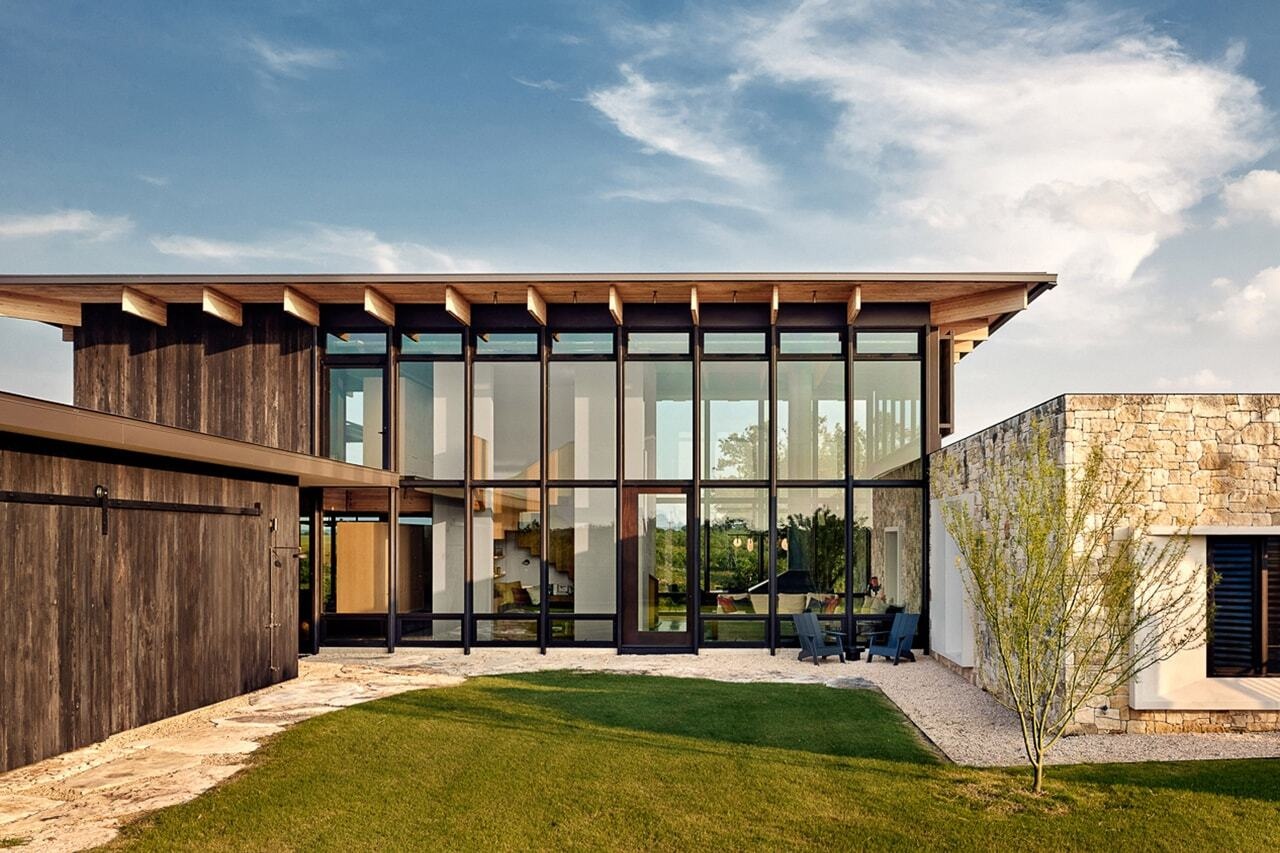Bright Ideas: Architects Rethink the Lighthouse Typology

Architects: Want to have your project featured? Showcase your work by uploading projects to Architizer and sign up for our inspirational newsletters.
For years, lighthouses were considered a symbol of safety and navigation as well as a space of isolation and romanticism. Positioned at off-grid locations and following a tower-like typology, their primary function was to guide sailors through the sea. However, the lighthouse typology has evolved over the years, transitioning into civic hubs, sculptural icons, temporary installations, ecological and technological stations, as well as entirely inhabited spaces for artistic residences and studios.
If we were to redefine the contemporary lighthouse, we would look for buildings and spaces that operate within the periphery, in-between land and water, making the invisible visible. The six following projects are examples of how lighthouses can host imaginative functions, straying away from the idea of the obsolete relic and instead reimagining it as a platform for ecological and communal expression.
Sun Tower
By OPEN Architecture, Yantai, China
Finalist, 2025 A+Awards, Cultural – Cultural and Expo Centers

 The project is located in an oceanfront public cultural facility in Yantai Yeda Development Zone, acting as a threshold between land and sea. The building features an outdoor theater, digital exhibition spaces, library, café and bar. Morphologically, the building is sliced in half, allowing natural light to pass through, while revealing its interior programmatic structure and broadcasting its function as a cultural center for Yantai. In other words, it fuses tradition and respect towards nature with contemporary urban life.
The project is located in an oceanfront public cultural facility in Yantai Yeda Development Zone, acting as a threshold between land and sea. The building features an outdoor theater, digital exhibition spaces, library, café and bar. Morphologically, the building is sliced in half, allowing natural light to pass through, while revealing its interior programmatic structure and broadcasting its function as a cultural center for Yantai. In other words, it fuses tradition and respect towards nature with contemporary urban life.
Evolving Lighthouse
By arcari cimini architettura, Concept

 The project aims at redefining the lighthouse typology, arguing that its traditional function, as a point of navigation, has become obsolete with the evolving GPS technology. Consequently, the design explores how a lighthouse can be transformed through energy, tourism and communication, utilizing the typology’s unique characteristics (coastal location, height and isolation), reimagine it as an eco-tourism destination.
The project aims at redefining the lighthouse typology, arguing that its traditional function, as a point of navigation, has become obsolete with the evolving GPS technology. Consequently, the design explores how a lighthouse can be transformed through energy, tourism and communication, utilizing the typology’s unique characteristics (coastal location, height and isolation), reimagine it as an eco-tourism destination.
The metallic structure is comprised of hotel facilities powered by wind turbine generators as well as a series of infrastructural networks that reach out to the immediate landscape. In essence, the design merges environmental responsibility, tourism and communication to make the lighthouse relevant once more in the contemporary architectural landscape.
Lightsails
By Söhne & Partner Architects, Millstatt, Austria


The project is an installation created for Austria’s state exhibition at Millstätter Lake, where seven sails were designed as guiding symbols inspired by the lighthouse’s historic role as a point of navigation. Each sail acts as a “light-space” sculpture that orient visitors across the exhibition. Their illumination interacts with the surrounding environment, increasing its intensity as people approach, shifting colors with temperature changes and producing dynamic light shows.
Observation Tower
By RYSY Architekci, Warsaw, Poland

 The project is located in Bardowskiego lagoon in Warsaw, acting as both a landmark and an active recreational structure. The structure is made of lightweight steel acting as an observation point over the water, while also integrating a climbing wall and transforming it into a leisure infrastructure, a community attraction and a lighthouse-like beacon. At night, the tower is playfully illuminated, becoming a glowing vertical marker that guides visitors through the natural landscape and lagoon’s recreational grounds, articulating a different relationship between water, landscape.and architecture.
The project is located in Bardowskiego lagoon in Warsaw, acting as both a landmark and an active recreational structure. The structure is made of lightweight steel acting as an observation point over the water, while also integrating a climbing wall and transforming it into a leisure infrastructure, a community attraction and a lighthouse-like beacon. At night, the tower is playfully illuminated, becoming a glowing vertical marker that guides visitors through the natural landscape and lagoon’s recreational grounds, articulating a different relationship between water, landscape.and architecture.
Cubes Aleorion Lighthouse Project
By bo.M design studio – Vasilis Mylonas, Volos, Greece

 The design features a contemporary lighthouse proposal for the port of Volos, situated at the end of the city’s kilometer-long breakwater. Morphologically, the design is inspired by the world’s earliest maritime safety structure – the ancient Aleorion of Xerxes (ca. 480 BC) – and reinterprets a series of stacked stone blocks into a modern tower of rotated concrete cubes. The 14.25-meter structure is comprised of hollow spaces and framed openings, with a central stairway that invites visitors to experience the shifting views of the bay. Additionally, the lighthouse acts as a public landmark, transforming the waterfront walk into a cultural promenade and marking its edge with a cultural symbol.
The design features a contemporary lighthouse proposal for the port of Volos, situated at the end of the city’s kilometer-long breakwater. Morphologically, the design is inspired by the world’s earliest maritime safety structure – the ancient Aleorion of Xerxes (ca. 480 BC) – and reinterprets a series of stacked stone blocks into a modern tower of rotated concrete cubes. The 14.25-meter structure is comprised of hollow spaces and framed openings, with a central stairway that invites visitors to experience the shifting views of the bay. Additionally, the lighthouse acts as a public landmark, transforming the waterfront walk into a cultural promenade and marking its edge with a cultural symbol.
Lighthouse Turbine Hotel
By Margot Krasojevic Architecture, Jeju, South Korea

 The project is situated off the coast of Jeju in South Korea and reuses an existing oil rig’s tension platform to create a hybrid between renewable energy infrastructure and hospitality. Specifically, the design is inspired by the region’s expertise in shipbuilding and offshore wind farms and aims to create a lighthouse that serves both as a hotel and a self-sustaining energy generator. The structure is made of ETFE, which is lightweight and resilient to extreme weather conditions and is powered by three wind turbines that harness wave energy, converting it into electricity. Beyond energy and shelter, the project positions itself as a tourist destination and research platform, offering guests engagement with eco-hospitality and renewable technologies. In essence, the proposal argues that existing structures, whose traditional functions are becoming obsolete like the lighthouse, should be redefined rather than abandoned.
The project is situated off the coast of Jeju in South Korea and reuses an existing oil rig’s tension platform to create a hybrid between renewable energy infrastructure and hospitality. Specifically, the design is inspired by the region’s expertise in shipbuilding and offshore wind farms and aims to create a lighthouse that serves both as a hotel and a self-sustaining energy generator. The structure is made of ETFE, which is lightweight and resilient to extreme weather conditions and is powered by three wind turbines that harness wave energy, converting it into electricity. Beyond energy and shelter, the project positions itself as a tourist destination and research platform, offering guests engagement with eco-hospitality and renewable technologies. In essence, the proposal argues that existing structures, whose traditional functions are becoming obsolete like the lighthouse, should be redefined rather than abandoned.
These six projects act as evidence of how such a fixed typology can transcend its former role and instead operate as a cultural, ecological, and technological catalyst. By no longer defined as relics of obsolescence, lighthouses are now reimagined as experimental platforms operating as thresholds in-between land and sea.
Architects: Want to have your project featured? Showcase your work by uploading projects to Architizer and sign up for our inspirational newsletters.
Featured Image: Observation Tower by RYSY Architekci, Warsaw, Poland
The post Bright Ideas: Architects Rethink the Lighthouse Typology appeared first on Journal.




















































